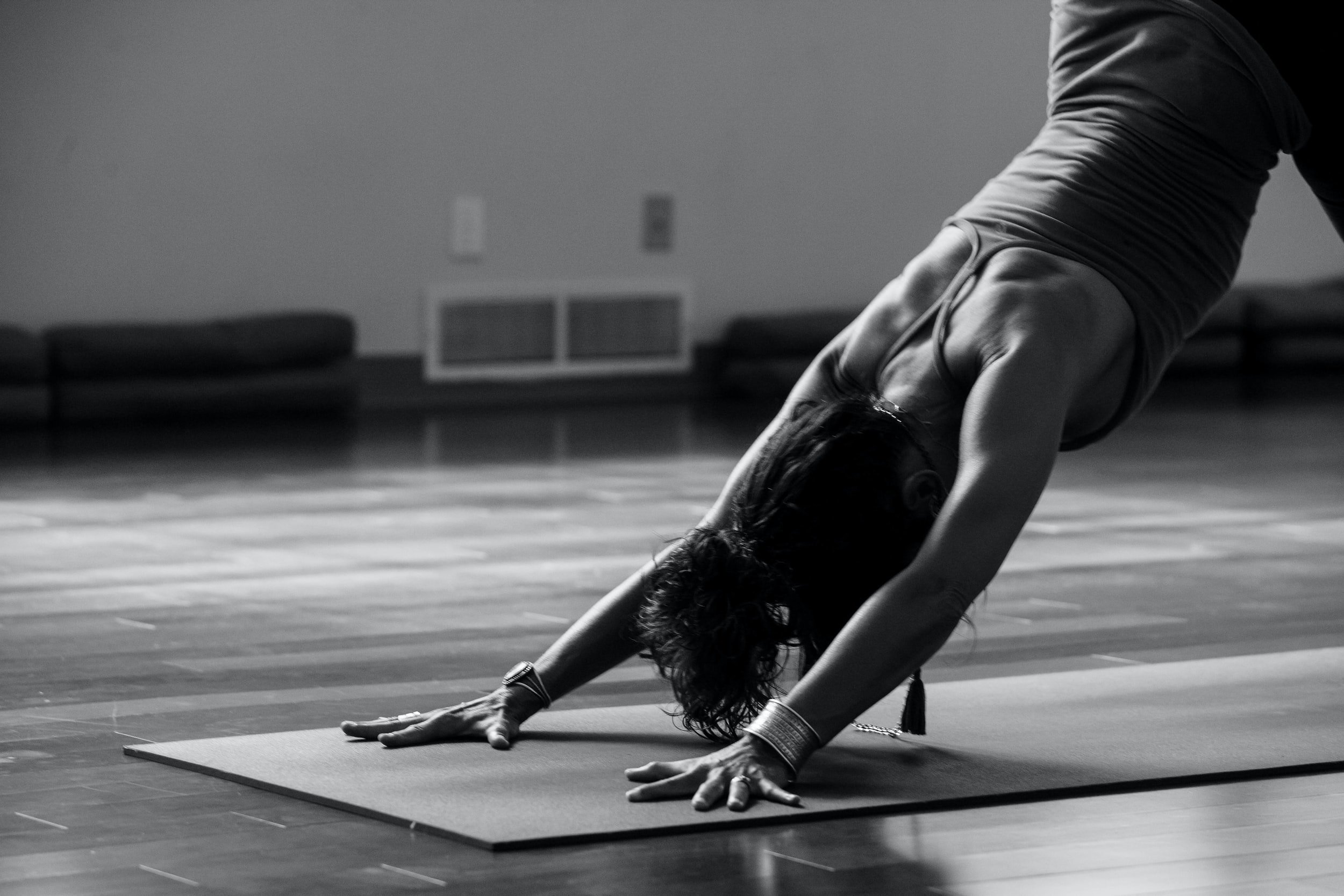Ayurveda teaches that it’s important to have 3 meals a day: breakfast should be light, lunch the heartiest, and a dinner that’s easy to digest. Sometimes I get stuck trying to come up with a “light” breakfast that also feels satisfying and fills me up until lunch. Traditionally, ayurveda recommends things like warm rice porridge, oatmeal, or stewed apples. Sometimes I enjoy those but they often leave me feeling hungry again soon after. And in the summer, I don’t really want to eat a hot breakfast.
I’ve been making chia pudding as a light and tasty dessert for some years, but only recently did I figure out how great it is as a summer breakfast. Don’t get stuck on the amounts or optional ingredients, the fun thing is you can add almost anything that sounds good, as long as you have enough liquid to soak the chia! To make this filling enough to satiate my pretty strong metabolism, I add creamy coconut milk and LOTS of nuts and seeds.
Note: Due to its raw ingredients, this is really meant for warm climates and healthy digestive tracts, according to Ayurveda.
Here’s how I usually do it:
Sweet and Cooling Summer Chia Breakfast Bowl
The night before place the following ingredients into a container:
About 1/3 cup chia seeds
About 1/2 cup rolled oats (optional, substitute 1/3 cup more chia if you don’t want the soaked raw oats)
Handful of each of your favorite nuts and seeds: I like pecans, pumpkin seeds, cashews and walnuts
About 1/5 to 2 cups liquid (your favorite milk and/or water), until there is about 1/2 inch of liquid covering the solids. I like to use a can of coconut milk plus a little water (I don’t add the 1/2 inch of coconut oil that is on the top of the can, I save that for cooking)
1/2 teaspoon cinnamon (for flavor, improved digestion, and to balance sugar levels and reduce sugar cravings)
Dash of sea salt
1/2 teaspoon of vanilla extract
Optional squirt of agave syrup, spoonful of honey, or dash of stevia
Stir it all up and leave it on the counter overnight.
To make it extra fancy, drizzle on your favorite cream, a little honey, and top it with your favorite berries or other fresh summer fruit.
This will serve 2-4 people and is 5 year old approved!









